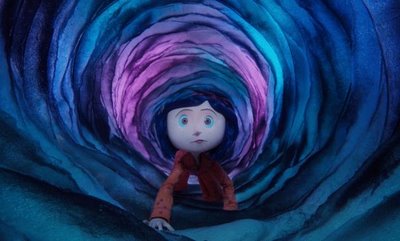“The Motel Life” screened as a part of the Chicago International Film Festival. This early review is merely an impression of the version screened.
A young man named Frank is telling a story to his older brother Jerry Lee as he lies in a hospital bed. Graphic novel style animation and pencil sketches illustrate his fantasy. They’re pulpy, even gratuitous fantasies about fighter pilots, Nazis, ravenous polar bears and supermodels, but it’s tender and gives both brothers a moment of escapism. This story represents not the men they were, the men they are or the men they aspire to be, but it gives them a reason to keep telling more stories like it.
“The Motel Life” is their story. It’s an indie melodrama, and a sadly bleak one at that, but it’s a movie that against all odds tries to find a reason for these poor souls with no luck, ambitions or prospects to keep living.
Both Frank and Jerry Lee (Emile Hirsch and Stephen Dorff) lost their mother when they were just teenagers, and the loss forced them to live on the road with no money. Now as adults, their misfortune hasn’t relented. Jerry Lee has one leg after a train accident, and after a drunken evening he stumbles into his Reno motel room to tell Frank that he’s just run over and killed a kid riding a bike. He’s about to kill himself, but instead shoots himself in his bad leg and sits in a hospital bed just waiting for the cops to find out his dirty secret.
Frank lives vicariously through his brother, telling him stories and finding money to keep them going, but he’s a hopeless alcoholic vomiting blood each morning, and he turned away from the only girl (Dakota Fanning) who ever loved him. Now he spends his days trying to earn money to get Jerry Lee out of the hospital and reunite with his lost girlfriend. Continue reading “CIFF Review: The Motel Life”

